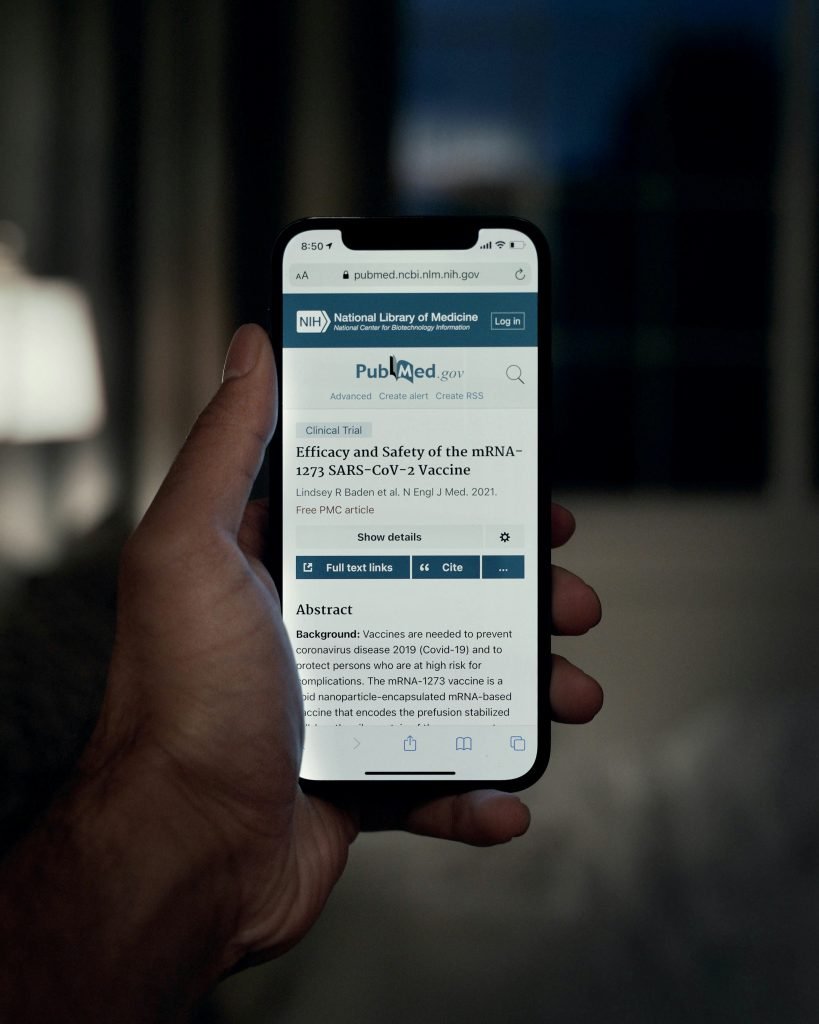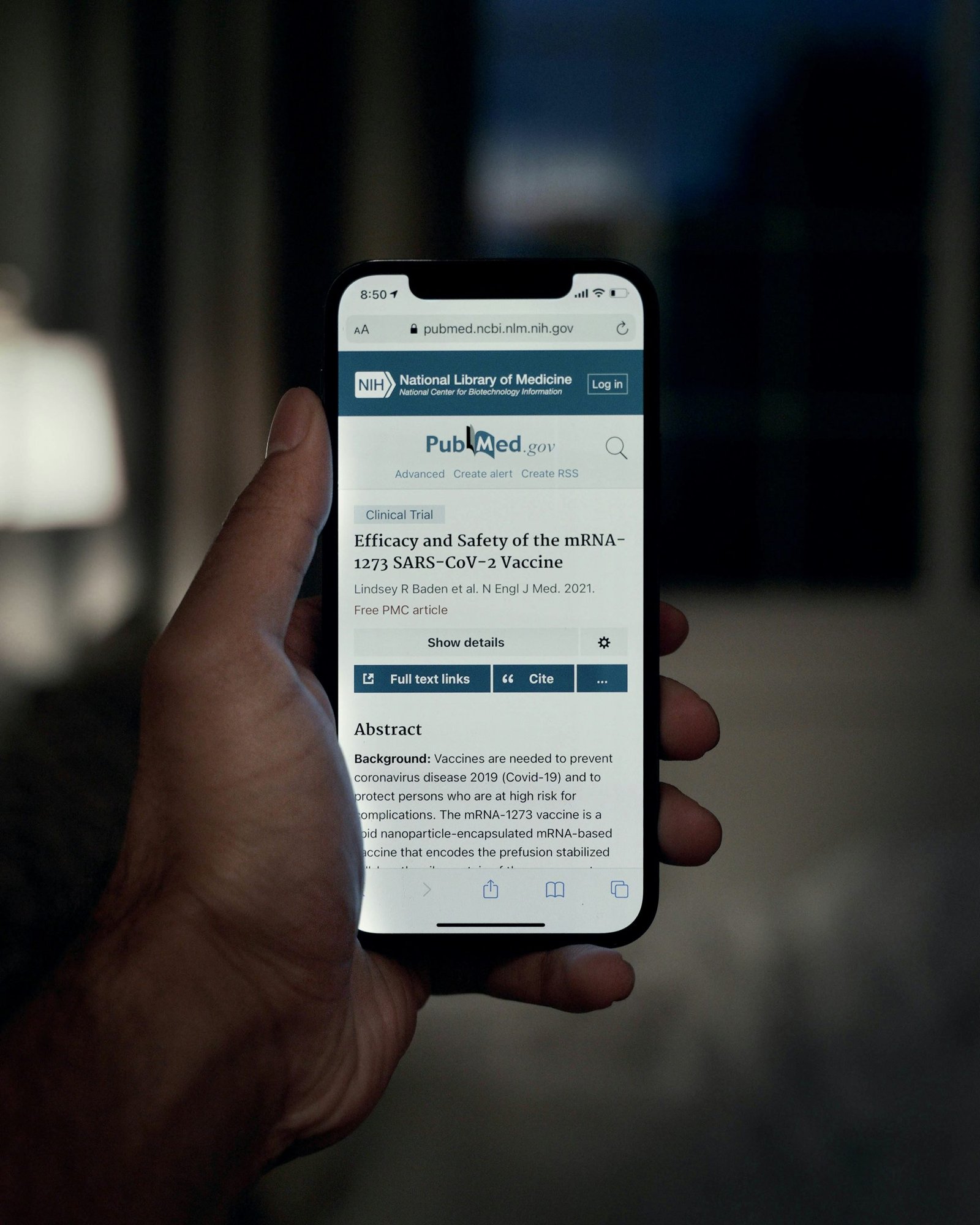Are you struggling to afford your antipsychotic medications? Look no further! Our new FlatFee Pharmacy Program, in collaboration with MyFreePharmacy, is here to provide you with access to low-cost antipsychotic medications. Say goodbye to the burden of high prescription drug prices and hello to affordable mental health treatment. By simply subscribing for as low as $19.95 per month, you can receive over 800 of the most prescribed medications, including antipsychotics, for free. No gimmicks or fake prices – just genuine savings and access to the medications you need. With accepted pharmacies nationwide, you can conveniently pick up your prescriptions or have them delivered right to your doorstep. Don’t let financial barriers stand in the way of your mental well-being – join the FlatFee Pharmacy Program today and start saving!

Introduction
Antipsychotic medications play a crucial role in the treatment of psychiatric disorders, such as schizophrenia and bipolar disorder. However, the high costs associated with these medications can pose significant barriers to access and adherence for patients. In this article, we will explore the importance of low-cost antipsychotic medications, the benefits they provide, and innovative programs that aim to make these medications more affordable and accessible. We will also discuss the criteria for choosing low-cost antipsychotic medications and considerations for healthcare providers. Despite the challenges and limitations surrounding the availability and stigma of generic medications, the use of low-cost antipsychotics can greatly benefit patients and reduce the financial burden on healthcare systems.
Overview of Antipsychotic Medications
What are antipsychotic medications?
Antipsychotic medications, also known as neuroleptics, are commonly used to treat psychiatric disorders characterized by symptoms such as hallucinations, delusions, and disorganized thinking. These medications work by targeting and regulating neurotransmitters in the brain, particularly dopamine and serotonin, to help alleviate the symptoms associated with these disorders.
Common uses of antipsychotic medications
Antipsychotic medications are primarily used in the treatment of schizophrenia, bipolar disorder, and other psychotic disorders. They can also be prescribed for other conditions such as major depressive disorder and autism spectrum disorder, when specific symptoms warrant their use.
Types of antipsychotic medications
There are two main types of antipsychotic medications: first-generation (typical) and second-generation (atypical) antipsychotics. First-generation antipsychotics, such as haloperidol and chlorpromazine, are older medications that have been used for decades. Second-generation antipsychotics, including quetiapine and risperidone, are newer medications that have been developed with the aim of reducing side effects commonly associated with the use of first-generation antipsychotics.
Side effects of antipsychotic medications
Like any medication, antipsychotics can have side effects. Common side effects may include drowsiness, dizziness, weight gain, and metabolic changes. In some cases, more severe side effects such as movement disorders or cardiovascular complications may occur. It is important for patients to discuss potential side effects with their healthcare providers and report any unusual symptoms.
Importance of Low Cost Antipsychotic Medications
Affordability and accessibility
The high cost of antipsychotic medications can be a significant barrier for many patients, especially those without adequate insurance coverage or limited financial resources. Access to affordable antipsychotic medications is crucial to ensure that individuals can receive the necessary treatment for their psychiatric conditions without facing financial hardship.
Impact on patients’ adherence to treatment
When faced with the burden of high medication costs, patients may be more likely to skip doses or discontinue treatment altogether. This can lead to poor treatment outcomes and increased risk of relapse or hospitalization. By providing low-cost antipsychotic medications, patients are more likely to adhere to their prescribed treatment plans and experience improved symptom management.
Reducing healthcare costs
The use of low-cost antipsychotic medications can also help reduce overall healthcare costs. By making these medications more affordable and accessible, individuals are more likely to seek appropriate treatment and prevent the need for costly emergency room visits or hospitalizations. Furthermore, the reduced financial burden on healthcare systems can free up resources to be directed towards other areas of healthcare.
Generic Antipsychotic Medications
What are generic medications?
Generic medications are copies of brand-name drugs that have the same active ingredients, dosage form, strength, and route of administration. They are approved by regulatory bodies, such as the Food and Drug Administration (FDA) in the United States, and must meet the same rigorous standards for safety, efficacy, and quality as their brand-name counterparts.
Comparison between brand-name and generic antipsychotic medications
Generic antipsychotic medications offer the same therapeutic benefits as their brand-name counterparts at a significantly lower cost. This is because generic medications do not require extensive research and development or marketing expenses, allowing manufacturers to produce them at a lower price point. The active ingredients in generic antipsychotic medications are identical to those in brand-name drugs, ensuring similar efficacy and safety profiles.
Regulations and approval process for generic medications
The approval process for generic medications involves demonstrating bioequivalence to the brand-name drug. This means that the generic version must deliver the same amount of active ingredient into the bloodstream within a similar time frame as the brand-name drug. Generic manufacturers are also required to meet good manufacturing practices (GMP) to ensure the quality and consistency of their products. Regulatory bodies closely monitor the production and distribution of generic medications to ensure that they meet these standards.

Benefits of Low Cost Antipsychotic Medications
Affordability for patients
One of the primary benefits of low-cost antipsychotic medications is the increased affordability for patients. By reducing the financial burden associated with medication costs, individuals can access the necessary treatment without sacrificing other essential needs. Affordable antipsychotic medications empower patients to take control of their mental health and improve their overall quality of life.
Expanded access to necessary treatment
Low-cost antipsychotic medications also contribute to expanded access to necessary treatment. Individuals who may have previously been unable to afford their medications can now obtain them at a lower price, ensuring that they receive the appropriate care and support for their mental health conditions. This expanded access can help prevent worsening of symptoms, reduce hospitalizations, and improve overall patient outcomes.
Reduced financial burden on healthcare systems
By providing low-cost antipsychotic medications, the financial burden on healthcare systems can be significantly reduced. Healthcare providers and institutions can allocate resources more efficiently and effectively, focusing on preventative measures, community support, and other areas of healthcare that require attention. Ultimately, this can lead to overall savings for the healthcare system and better patient outcomes.
Innovative Programs for Providing Low Cost Antipsychotic Medications
FlatFee Pharmacy Program
The FlatFee Pharmacy Program is an innovative initiative that aims to make the most commonly prescribed generic medications, including antipsychotics, accessible to everyone for free or at a significantly reduced cost. Through strategic partnerships and bulk purchasing, this program negotiates low prices for medications, eliminating the need for insurance coverage or expensive copayments. By paying a monthly flat fee, individuals can access a wide range of medications, including antipsychotics, at no additional cost.
Partnerships with pharmaceutical companies
Pharmaceutical companies can also play a crucial role in providing low-cost antipsychotic medications. Partnerships between these companies and healthcare providers or organizations can result in discounts, coupons, or patient assistance programs for individuals who cannot afford their medications. By working together, these partnerships enable greater access to essential medications, including antipsychotics, for those in need.
Government assistance programs
Government assistance programs, such as Medicaid in the United States, can also provide support for individuals who require low-cost antipsychotic medications. These programs aim to ensure that vulnerable populations, including low-income individuals or those with disabilities, have access to necessary medications. By covering the costs of antipsychotic medications, government assistance programs reduce the financial burden on both patients and healthcare systems.

Criteria for Choosing Low Cost Antipsychotic Medications
Efficacy and safety
When selecting low-cost antipsychotic medications, healthcare providers must consider the efficacy and safety of the medications. While cost is important, it should not be the sole determining factor. Providers must assess the clinical data, research findings, and patient experiences to ensure that the chosen medication will effectively manage symptoms and minimize potential side effects or complications.
Cost-effectiveness
Cost-effectiveness is another crucial criterion when choosing low-cost antipsychotic medications. Healthcare providers must evaluate the overall value of the medication in relation to its cost. This includes considering factors such as treatment outcomes, patient adherence, and any potential cost savings resulting from the medication’s use. By selecting cost-effective medications, providers can maximize the benefits for patients while minimizing unnecessary expenses.
Potential side effects and drug interactions
Healthcare providers must also carefully consider the potential side effects and drug interactions of low-cost antipsychotic medications. These medications can have various side effects, ranging from mild to severe. Providers should assess each patient’s unique medical history, current medications, and potential drug interactions to ensure that the chosen medication is safe and suitable for the individual.
Considerations for Healthcare Providers
Prescribing low cost antipsychotic medications
Healthcare providers play a vital role in ensuring that patients have access to affordable antipsychotic medications. By considering the cost and efficacy of low-cost alternatives, providers can prescribe medications that meet patients’ therapeutic needs while minimizing financial burden. Open and transparent discussions with patients about the cost of medications, potential side effects, and available assistance programs can further support informed decision-making.
Educating patients about affordable options
It is crucial for healthcare providers to educate their patients about the availability and benefits of low-cost antipsychotic medications. By discussing the financial implications of different treatment options, providers can empower patients to make informed decisions about their care. Informing patients about assistance programs, generic alternatives, and other cost-saving measures can also ensure that they are aware of all available options.
Monitoring patients’ response and adherence
Healthcare providers must regularly monitor patients’ response to low-cost antipsychotic medications. This includes assessing symptom improvement, monitoring for side effects, and evaluating medication adherence. Regular follow-up appointments and open lines of communication can help identify any issues or concerns and ensure that patients receive the necessary support to achieve optimal treatment outcomes.
Challenges and Limitations
Availability of specific low-cost antipsychotic medications
One challenge in providing low-cost antipsychotic medications is the availability of specific medications. While many generic versions of antipsychotics are available, certain brand-name medications may not have generic equivalents or may be subject to patent restrictions. This can limit the options for low-cost alternatives, making it more difficult to provide affordable antipsychotic medications for all patients.
Stigma surrounding generic medications
Another limitation is the stigma surrounding generic medications. Some patients may perceive generic medications as being of lower quality or less effective compared to their brand-name counterparts. Healthcare providers must address these concerns and provide accurate information to help patients make informed decisions based on the evidence supporting the safety and efficacy of generic antipsychotic medications.
Insurance coverage restrictions
Insurance coverage restrictions can also pose challenges in accessing low-cost antipsychotic medications. Different insurance plans may have limited formularies or require prior authorization for specific medications, potentially hindering patients’ access to affordable options. Healthcare providers should work closely with patients and insurance providers to navigate these restrictions and advocate for the use of low-cost alternatives when appropriate.
Conclusion
Low-cost antipsychotic medications play a crucial role in ensuring access to effective treatment for individuals with psychiatric disorders. By making these medications affordable and accessible, patients can receive the care they need without facing significant financial barriers. Innovative programs, such as the FlatFee Pharmacy Program and partnerships with pharmaceutical companies, have emerged to provide low-cost options for patients. However, challenges and limitations remain, including the availability of specific medications and the stigma surrounding generic alternatives. Healthcare providers must carefully consider the criteria for choosing low-cost antipsychotic medications and play an active role in educating and advocating for their patients. By prioritizing affordability and accessibility, individuals with mental health conditions can receive the necessary treatment and experience improved quality of life.



